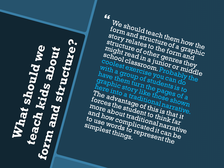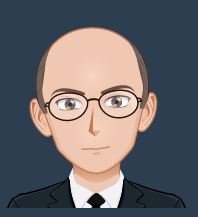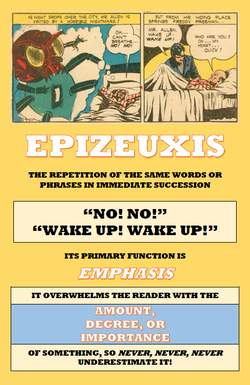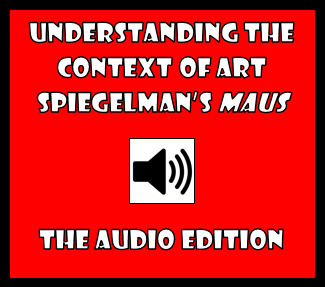Why Doing the Opposite is Attractive...
3/14/2014
 At the 2014 Reading for the Love of It conference in Toronto, I mentioned an activity to participants that struck them as being a new idea in teaching the graphic novel. Here's what I said: "We should teach kids how the form and structure of a graphic novel is related to the form and structure of other genres they might read in a junior or middle school classroom. However, we need to go beyond just having students create a graphic story out of a chapter or scene from a traditional novel. Probably the coolest exercise you can do with a group of students is to have them turn the pages of a graphic novel into a traditional narrative. The advantage of this is that it forces students to think far more about traditional narrative and about how very complicated it can be for a writer to use only words to represent the simplest ideas or concepts." A number of participants remarked afterwards that they wanted to try this activity right away and inquired about good starting points in terms of choosing a graphic novel that would lend itself well to such an activity. I gave them some of my own suggestions (Persepolis, Watchmen, Maus, The Silence of Our Friends, Are You My Mother?), but for the benefit of those who might be taking a look at this post, I'd love comments from experienced comics educators who have either done this activity with their students or who have a suggestion about a great comic or graphic novel that would work well. Thanks in advance, and see you next time!
1 Comment
3/24/2014 05:02:58 pm
I was one of said eager participants! I think what was interesting about this is the range of possible prose options it allows - and the levels. In reading through this site, I feel alot of the ideas, at least as presented, are geared towards higher level students (high school or a bit younger). Some of them can obviously be adapted for appropriate levels but this exercise seems to me more easily suited for that. For instance, we can ask grade 2 students to read something of Owly, write down what is happening, and how they would feel if they were owly. Here we are doing mostly description with some interpretation but it's easy to imagine how more creative pursuits can be embraced. Students could be asked to imagine what Owly is saying, and indeed, this in turn could morph into students acting out scenes.
Reply
Your comment will be posted after it is approved.
Leave a Reply. |
Glen DowneyDr. Glen Downey is an award-winning children's author, educator, and academic from Oakville, Ontario. He works as a children's writer for Rubicon Publishing, a reviewer for PW Comics World, an editor for the Sequart Organization, and serves as the Chair of English and Drama at The York School in Toronto. If you've found this site useful and would like to donate to Comics in Education, we'd really appreciate the support!
Archives
February 2019
|



 RSS Feed
RSS Feed
